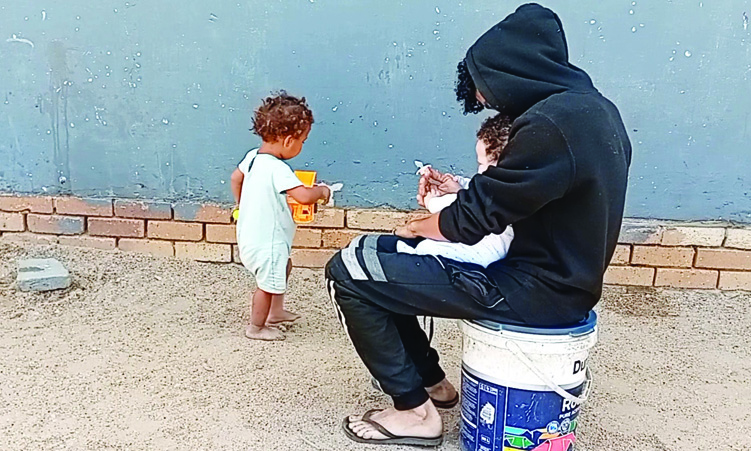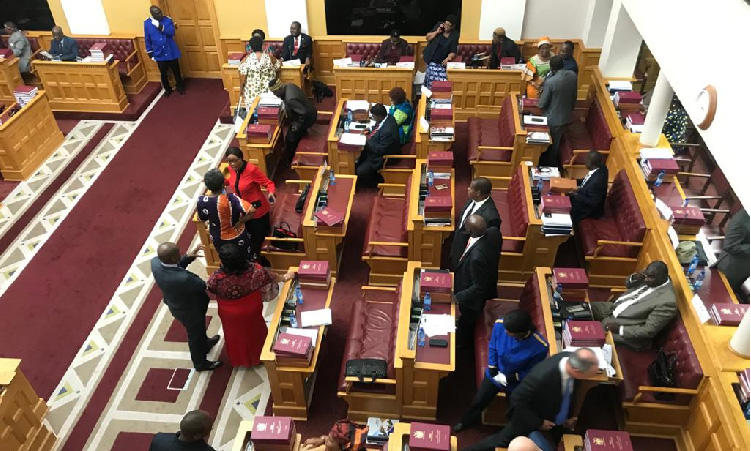Fifty years since the first mobile phone call, the technology we carry around in our pocket is helping to create the world’s biggest earthquake detection system.
On 25 October 2022, a 5.1-magnitude earthquake jolted California’s Bay Area in the United States (US). Fortunately, it was more of a rattle than a violent shake, but reports from residents across the region flooded into the US Geological Survey (USGS) from those who had felt it.
There was no damage reported, but the earthquake was significant in another way – many people in the area received alerts on their phones before the shaking started.
Similar warnings gave residents in southern California up to 30 seconds’ warning before a magnitude 5.2 earthquake centred just south of the city of Bakersfield on the evening of 6 August 2024.
More crucially still, many of these phones helped detect the earthquake in the first place, too.
Google has been working with USGS and academics at a number of universities in California to develop an early warning system that alerts users a few seconds before tremors arrive.
It is a brief window of warning, but a few seconds can give enough time to shelter under a table or desk. It can also be enough time to slow trains, stop planes from taking off or landing and keep cars from entering bridges or tunnels. As such, this system is likely to save lives when stronger quakes hit.
It uses data from two sources. Initially, the system relied upon a network of the 700 seismometers – devices that detect earth tremors – installed across the state by seismologists at USGS, the California Institute of Technology and University of California, Berkeley and the state government. (Seismometers in two other US states – Oregon and Washington – also feed into the system, known as ShakeAlert.) But Google has also been creating what is the world’s largest earthquake detection network through phones owned by members of the public.
Most smartphones running Google’s Android operating system have on-board accelerometers – the circuitry which detects when a phone is being moved. These are most commonly used to tell the phone to re-orientate its display from portrait to landscape mode when it is tilted, for example, and also helps provide information about step-count for Google’s onboard fitness tracker. But the sensors are surprisingly sensitive and can also act like a mini seismometer.
Google has introduced a function that allows users to allow their phone to automatically send data to the Android Earthquake Alerts System, if their device picks up vibrations that are characteristic of the primary waves of an earthquake. By combining data from thousands or even millions of other phones, the system can work out whether an earthquake is happening and where.
It can then send out alerts to phones in the area where the seismic waves are likely to hit, giving an early warning. And because radio signals travel faster than seismic waves, the alerts can arrive before the shaking starts in areas away from the epicentre.
Marc Stogaitis, a software engineer at Android, put it like this: “We’re essentially racing the speed of light (which is roughly the speed at which signals from a phone travel) against the speed of an earthquake. And lucky for us, the speed of light is much faster!”
As most of the data is crowdsourced, the technology opens up the possibility of monitoring for earthquakes in areas where there aren’t extensive networks of expensive seismometers. It raises the possibility of providing earthquake alerts in even remote and poorer regions of the world.
The system now regularly picks up these shakes, which are then issued as alerts by the USGS’ ShakeAlert when they cross key thresholds, triggering messages on the mobile phones of users in areas likely to be hit.
While the alerts can be received on Android phones, people in California, Oregon and Washington can also use the MyShake App, which was developed by researchers at the University of Berkeley. It too turns users mobile phones into earthquake detectors when they are stationary, and sends out alerts based on the phone’s location.
Earthquakes are a common occurrence in California, which experiences up to 100 small quakes a day. Most of these are too small to feel. However, there are typically several larger earthquakes in California per year, with around 15-20 above magnitude 4.0.
More widely, of the estimated 16 billion mobile phones in use around the world, more than three billion run Android on them and the Earthquake Alerts System is now available in more than 90 countries that are particularly prone to earthquakes.
But the system has its limitations, particularly in remote areas where there are few phone users and in quakes that happen offshore, where they can trigger tsunamis. And while it can help issue alerts a few seconds in advance, the science of predicting earthquakes before they happen remains as elusive as ever. – BBC
Stay informed with The Namibian – your source for credible journalism. Get in-depth reporting and opinions for
only N$85 a month. Invest in journalism, invest in democracy –
Subscribe Now!









